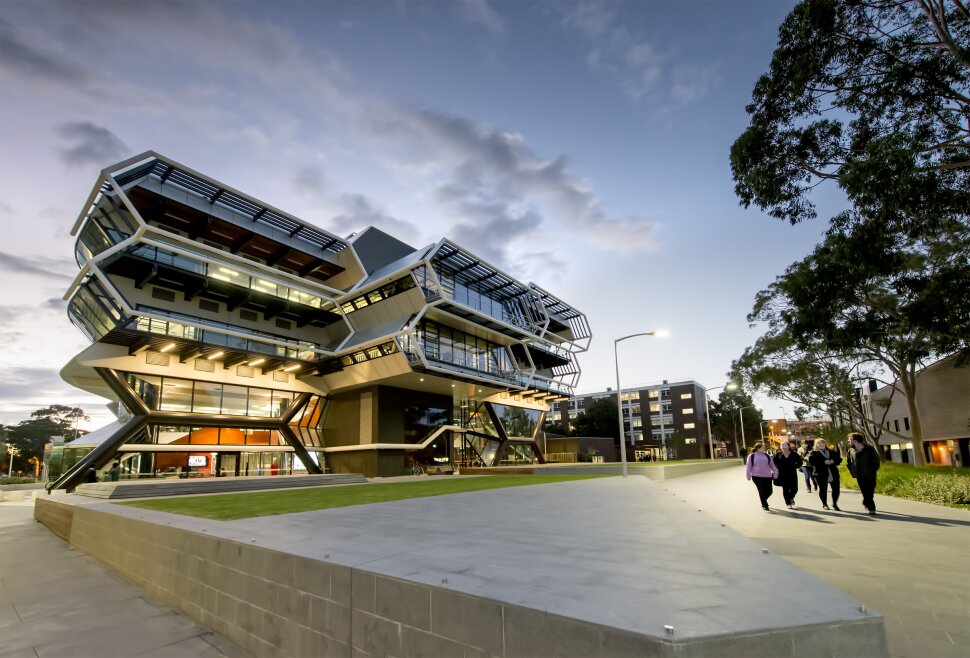February 5th to 9th 2024.
Monash University
Event details

MISG 2024 will build on the success of MISG 2023 and continue to bring together mathematicians, statisticians, engineers, computer scientists and modellers from across Australia and abroad to Monash University Clayton campus to spend a week with industry partners providing mathematical insights into their specific real-world problems.
Registration for academics is free. We only ask that you make yourself available for the week and can provide your own travel to Monash University Clayton. We strongly recommend graduate academics from Professor to PhD student and the private sector to register. The projects will provide an opportunity to academics to gain exposure to mathematical problems faced by modern industry and to be involved in publishing the work where appropriate.
In 2023, MISG saw great success over four industrial projects. Outcomes of MISG2023 not just provide commercial benefits for our industry partners but will play a role in advising governmental policy as well as open up intern opportunities for mathematics graduates.
Here is our Eventbrite page. Registration closed January 29th, contact misg@monash.edu if this is a problem.
Event Schedule
Links for transport, accommodation, parking, and maps:
Map of campus – MISG indicated by red box, important locations in blue boxes (N1 car park, bus stop and campus centre)
Buying/Set up myki (Melbourne’s public transport card)
Getting to Monash via public transport
Confirmed Projects for 2024

Platypus is designing and building the autonomy for Gibbs and Cox’s new ocean-going completely-uncrewed catamaran, EMAPS. EMAPS is novel in that it can move either by motors or by sail, with the battery bank for the motors being recharged by a combination of solar panels and hydro regeneration when the vessel is sailing. While the batteries might only supply the motors for 24 hours, with recharge and sailing EMAPS will be able to complete missions lasting weeks. This novel combination of energy and propulsion makes for an interesting planning challenge: how does the system maximize its ability to perform missions in the ocean, taking advantage of winds to sail and recharge and using motors when winds are not favourable? Gibbs and Cox and Platypus are co-sponsoring this MISG project. The aim will be to understand the techniques that could be used to plan and execute missions such as surveying a wind farm, watching for illegal fishing boats or mapping a moving oil spill. In the near term, fleets of EMAPS may have responsibility for such tasks and need to manage energy across the whole team for weeks at a time. The project has a broad spectrum of goals as little is known about the unique coupling of sailing strategy and renewable energy management. We expect that this project could suit a very wide variety of mathematical approaches.

Jupiter Ionics is designing an electrochemical process for the sustainable synthesis of green ammonia from renewables. At the heart of the technology is the electrochemical reaction for the reduction of nitrogen gas into ammonia, which involves a set of charge- and mass-transport steps. While practical levels of performance for this process have been already demonstrated on a small scale, further translation and scale-up of the technology will be substantially facilitated by the use of a comprehensive mathematical model of the reaction that can predict the performance as a function of the key operational parameters. The aim of the project is to design such a model.
You can find out more about Jupiter Ionics at their website: https://jupiterionics.com/

SunCable is an Australian, world-leading renewable energy company built on an ambition to harness the unbeatable potential of Australian sunshine. SunCable was founded in 2018 by David Griffin, Mac Thompson and Dr Fraser Thompson and began developing the world’s first intercontinental power grid using the world’s largest solar energy infrastructure network to power cities with renewable energy.
SunCable represents the next great Australian infrastructure initiative. SunCable’s flagship development project, Australia-Asia Power Link (AAPowerLink), will harness and store renewable energy from one of the most reliably sunny places – Australia’s Northern Territory – for 24/7 transmission to Darwin and Singapore via a high voltage direct current (HVDC) transmission system. The project includes the development of the world’s biggest integrated renewable energy and battery storage facility in the heart of the Northern Territory which could over multiple stages have a capacity of up to 6GW of renewable energy to Darwin and Singapore. This project will continue to be developed by SunCable’s management team with support from Grok Ventures.
The MISG project will be focusing on optimisation of wind, solar and battery mix with respect to properties of technological solutions and costs.
MISG Invited speaker 2024

Prof. Herbert Huppert (University of Cambridge)
Title: Defending lives and housing by theory, experiments and field data.
Abstract: Lava flows can kill thousands of people and cause enormous amounts of structural damage. We will describe theoretical and experimental work analysing the effect of different topographies on lava flows. Suggestions on how to defend against such flows will be presented.
MISG2023 Gallery








